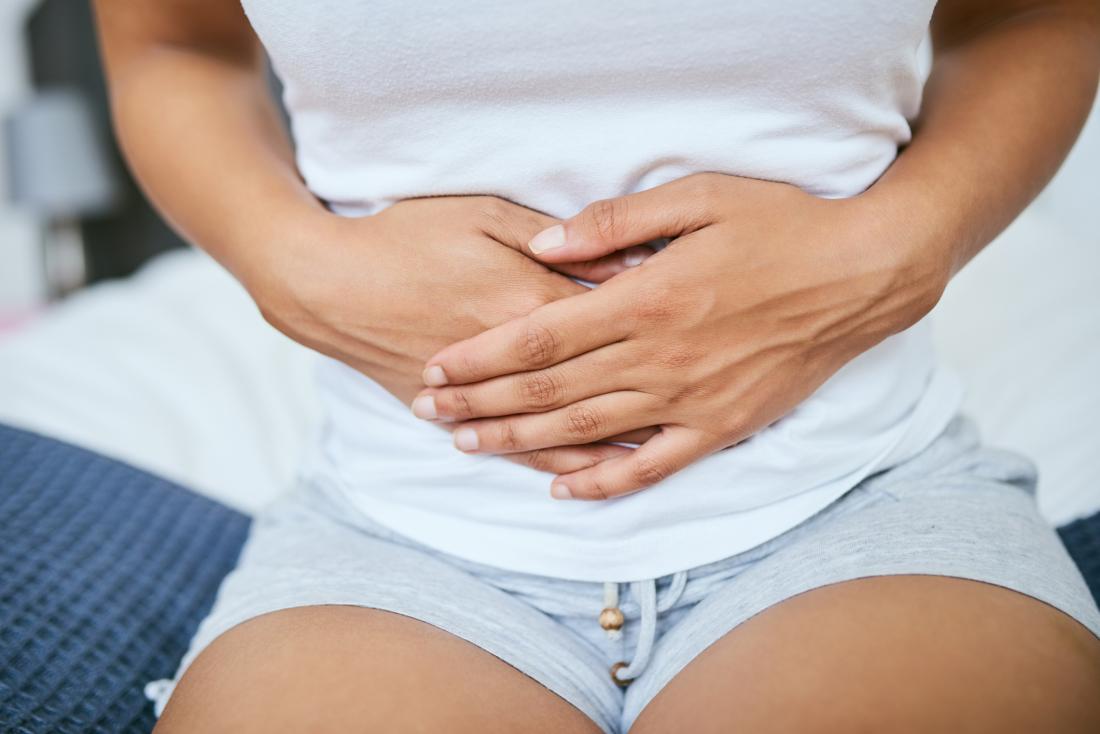
New research explores non-hormonal alternatives for relieving the pain of endometriosis.
Endometriosis is a lifelong condition wherein tissue like that which normally lines the uterus also grows outside the organ, typically in the pelvic cavity.
Estimates from the World Endometriosis Research Foundation suggest that endometriosis affects around 176 million women worldwide.
The abnormal growths, or lesions, of endometriosis can cause persistent inflammation, pain, and infertility.
Other symptoms include painful menstruation and ovulation, fatigue, heavy bleeding, and pain during intercourse.
As yet, there is no cure for endometriosis. Surgery can remove some lesions and scar tissue. Hormonal treatments can offer relief from symptoms but often bring side effects after prolonged use. There is an urgent need for non-hormonal drugs.
In the new study, researchers at the Universities of Warwick and Edinburgh, both in the United Kingdom, found the cause of endometriosis pain to be a type of white blood cell called macrophages that have undergone changes as a result of the condition.
The team reports the findings in a recent FASEB Journal paper.
Macrophages stimulate growth of nerve cells
Senior study author Dr. Erin Greaves, who holds positions at both universities, explains that conventional treatments that use hormones are “not ideal” because they target ovarian function and can trigger side effects, such as suppressing fertility.
“We are trying to find non-hormonal solutions,” she adds.
The “disease-modified” macrophages stimulate nerve cell growth and activity by releasing the growth hormone insulin-like growth factor-1 (IGF-1).
Previous studies had already shown that macrophages have a central role in the development of endometriosis. The immune cells help the lesions grow and also drive the development of their blood supply.
More recent research has also revealed that macrophages help nerves grow in the lesions.
The aim of the new study, note the authors, “was to determine the mechanistic role of macrophages in producing pain associated with endometriosis.”
After running various tests with cells and mice, they suggest that targeting the altered macrophages could be a novel way to treat endometriosis pain.
Paving the way to non-hormonal treatments
Endometriosis lesions attract and contain large numbers of macrophages. The disease environment generates signals that alter the function of the immune cells.
When they examined cell cultures of disease-modified macrophages, the researchers observed how the cells released more IGF-1.
They also found that levels of IGF-1 in pelvic cavity tissue from women with endometriosis were higher than in women without the condition and were in line with their pain scores.
In further cell culture experiments, the researchers showed that adding IGF-1 from macrophages promoted nerve cell growth and activation.
A final set of tests revealed that preventing the hormone’s activity by blocking the cell receptor for IGF-1, “reverses the pain behavior observed in mice with endometriosis.”
The fact that signals in the local tissue environment can alter macrophage function is not new. However, these findings do shed new light on what happens to macrophages in the specific case of endometriosis.
“If we can learn about the role of macrophages in endometriosis,” Dr. Greaves explains, “then we can distinguish them from healthy macrophages and target treatment to them.”
“This discovery will go some way toward finding ways to relieve symptoms for women who [live with] endometriosis.”
Dr. Erin Greaves
